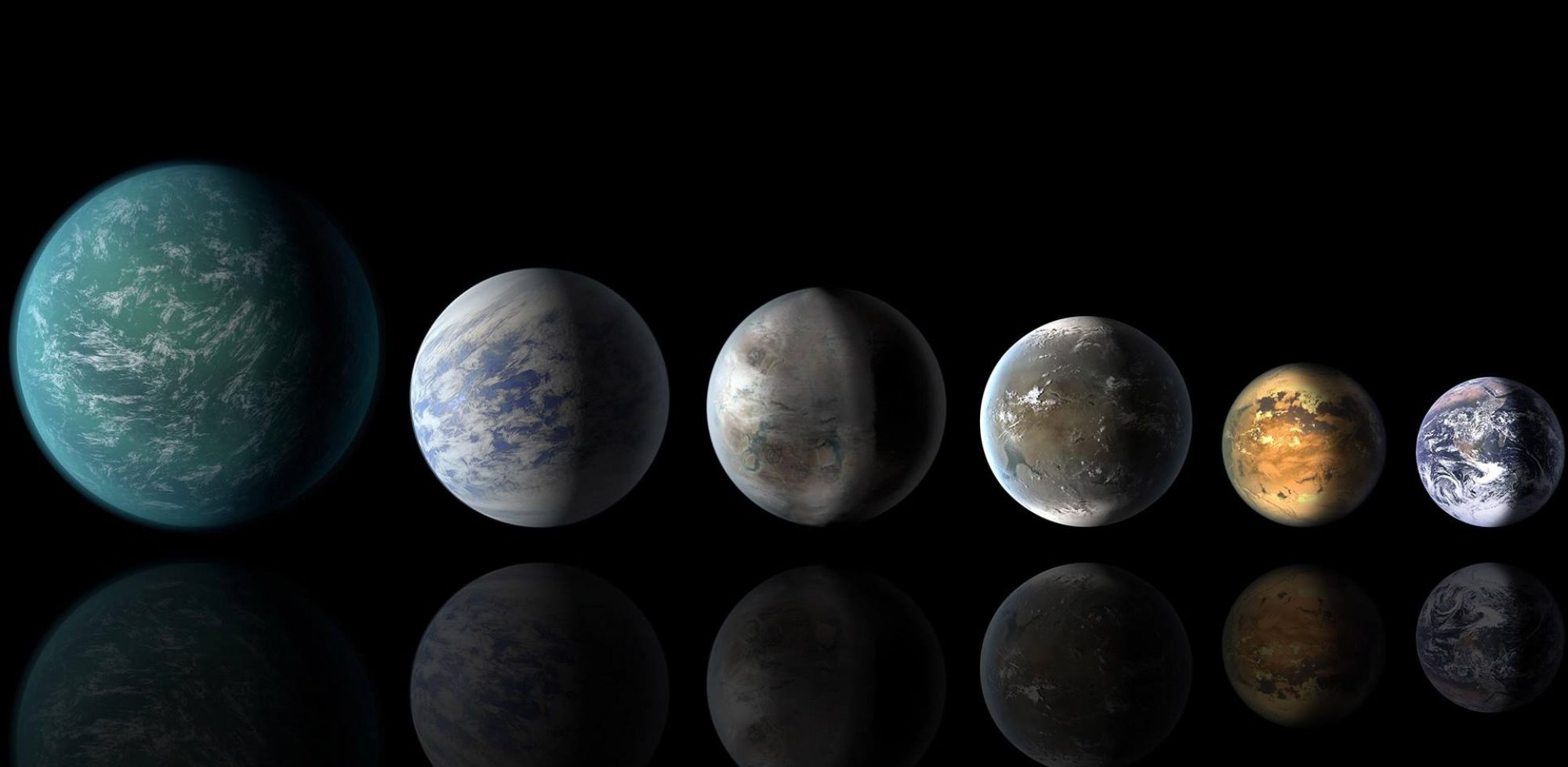Artist’s impression of the exomoon candidate Kepler-1625b-i, the planet it is orbiting and the star. (NASA/ESA/L. Hustak, STScI) “Moons are where planets were in the 1990s,” predicted René Heller from the Max Planck Institute for Solar System Research a few years ago. “We’re on the brink.” Heller was predicting that we were close to the …
Continue reading "The Giant Moon That Might Be the Heart of a Jupiter"
